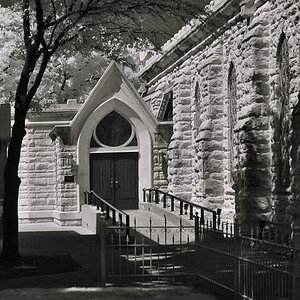jamesdavidboro
TPF Noob!
- Joined
- Nov 2, 2010
- Messages
- 216
- Reaction score
- 0
- Location
- Middlesbrough UK
- Can others edit my Photos
- Photos OK to edit
Whats the point in the Wide Auto focus area? Surely the camera can't focus on more than one distance at a time so whats the point of it? I've heard it suggested that useing it for moving subjects can be benefit, but for moving subjects i just click onto continuous AF and leave the area on local.


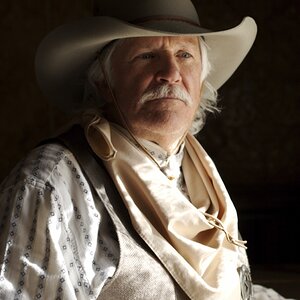
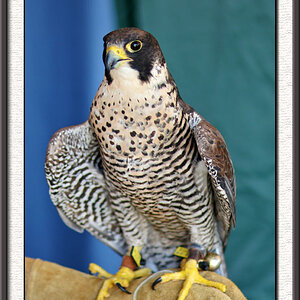
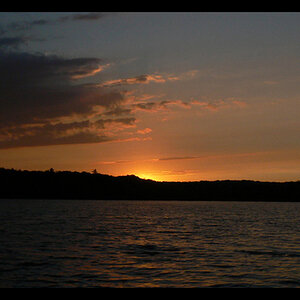
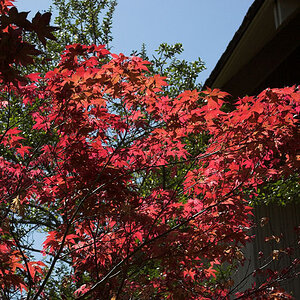


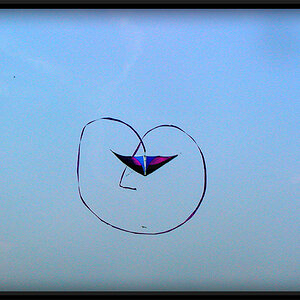

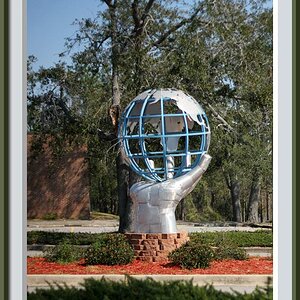
![[No title]](/data/xfmg/thumbnail/37/37657-01deca3769b38b716838942ccbfce66a.jpg?1619738172)
![[No title]](/data/xfmg/thumbnail/41/41758-1a91d93383c843959cb160b7ac7e762e.jpg?1619739883)
